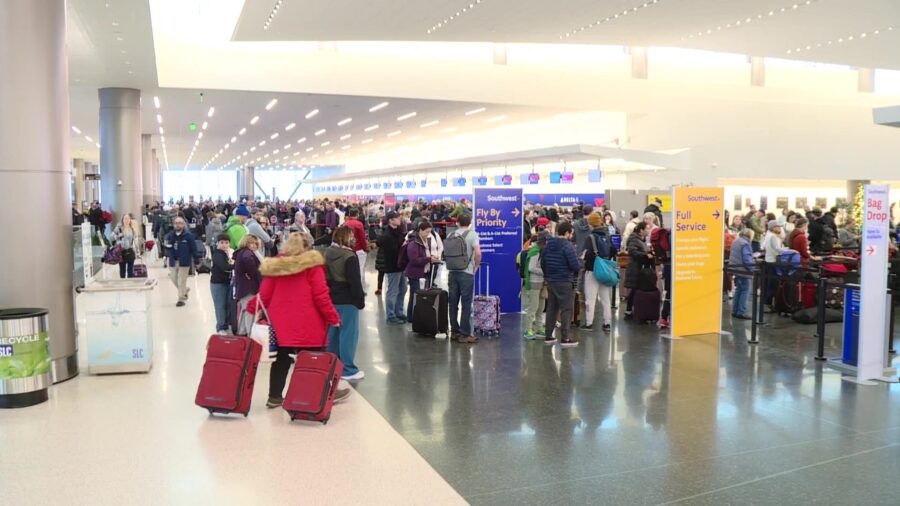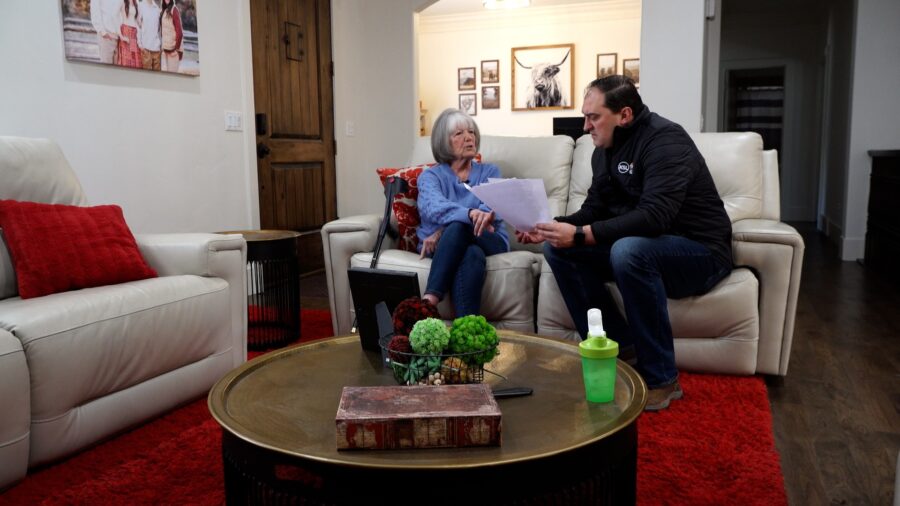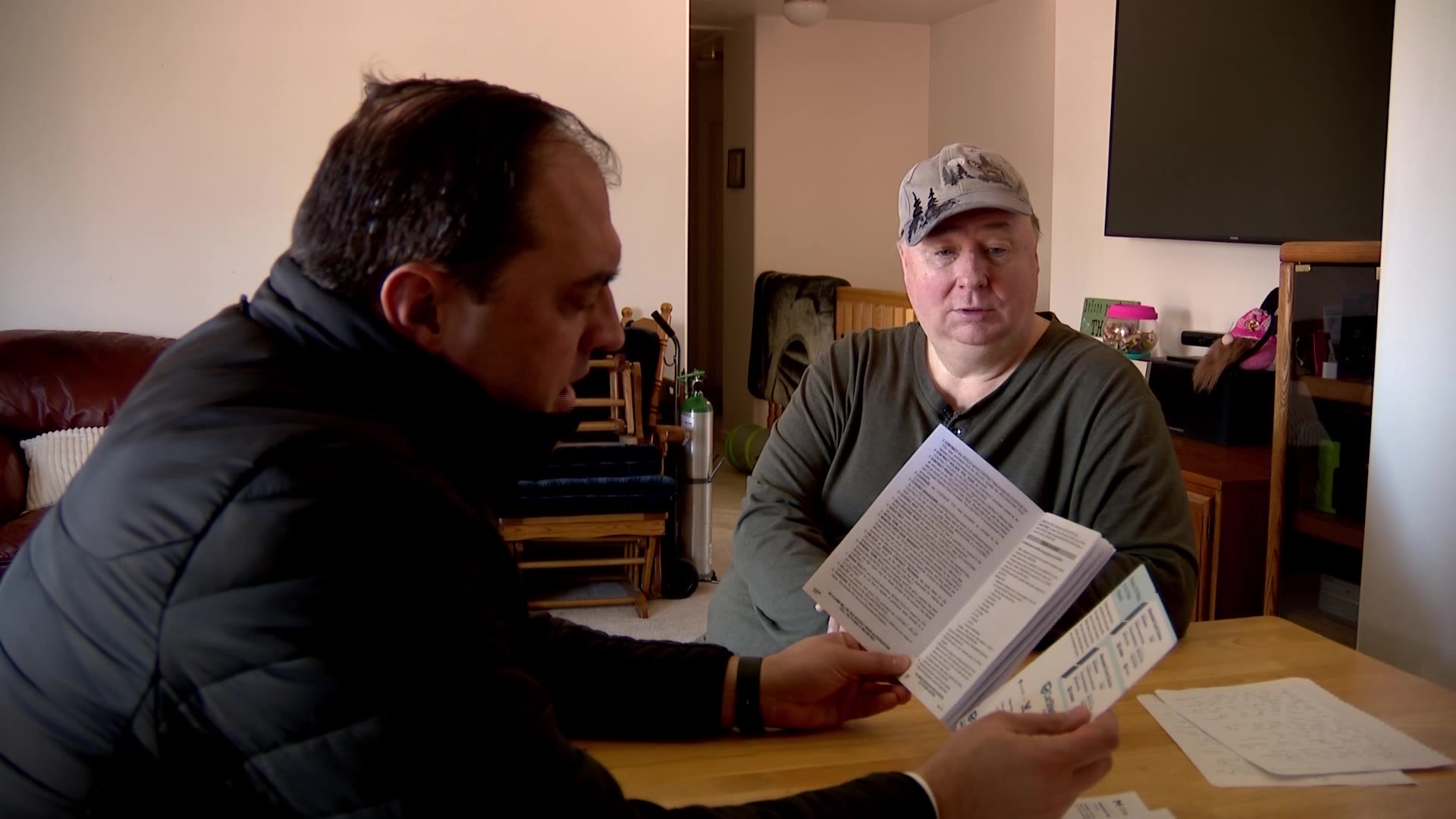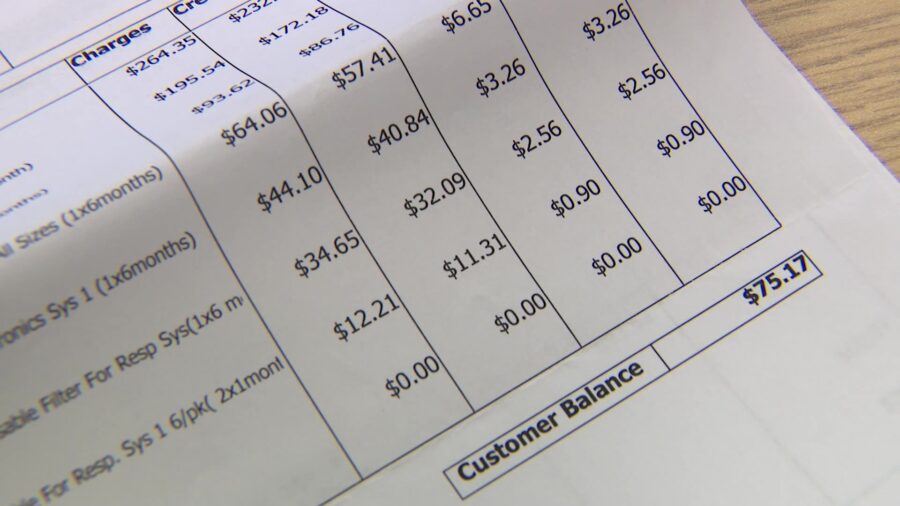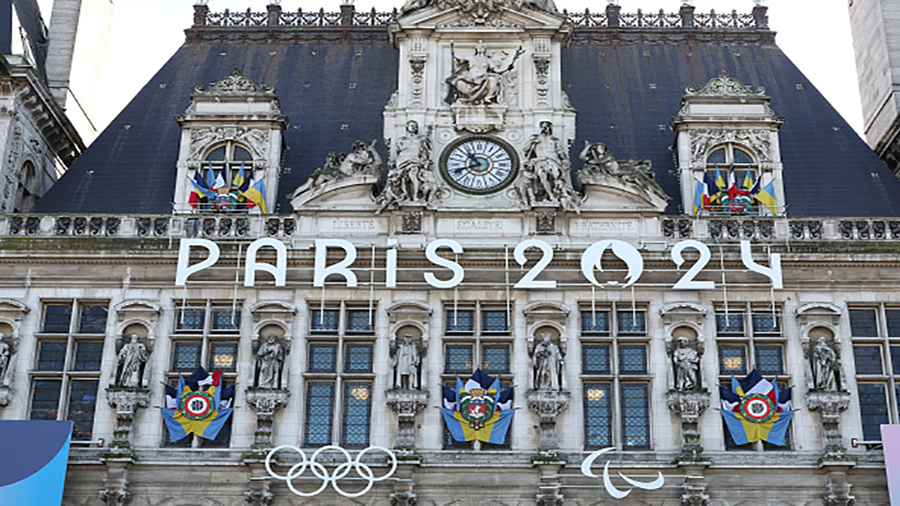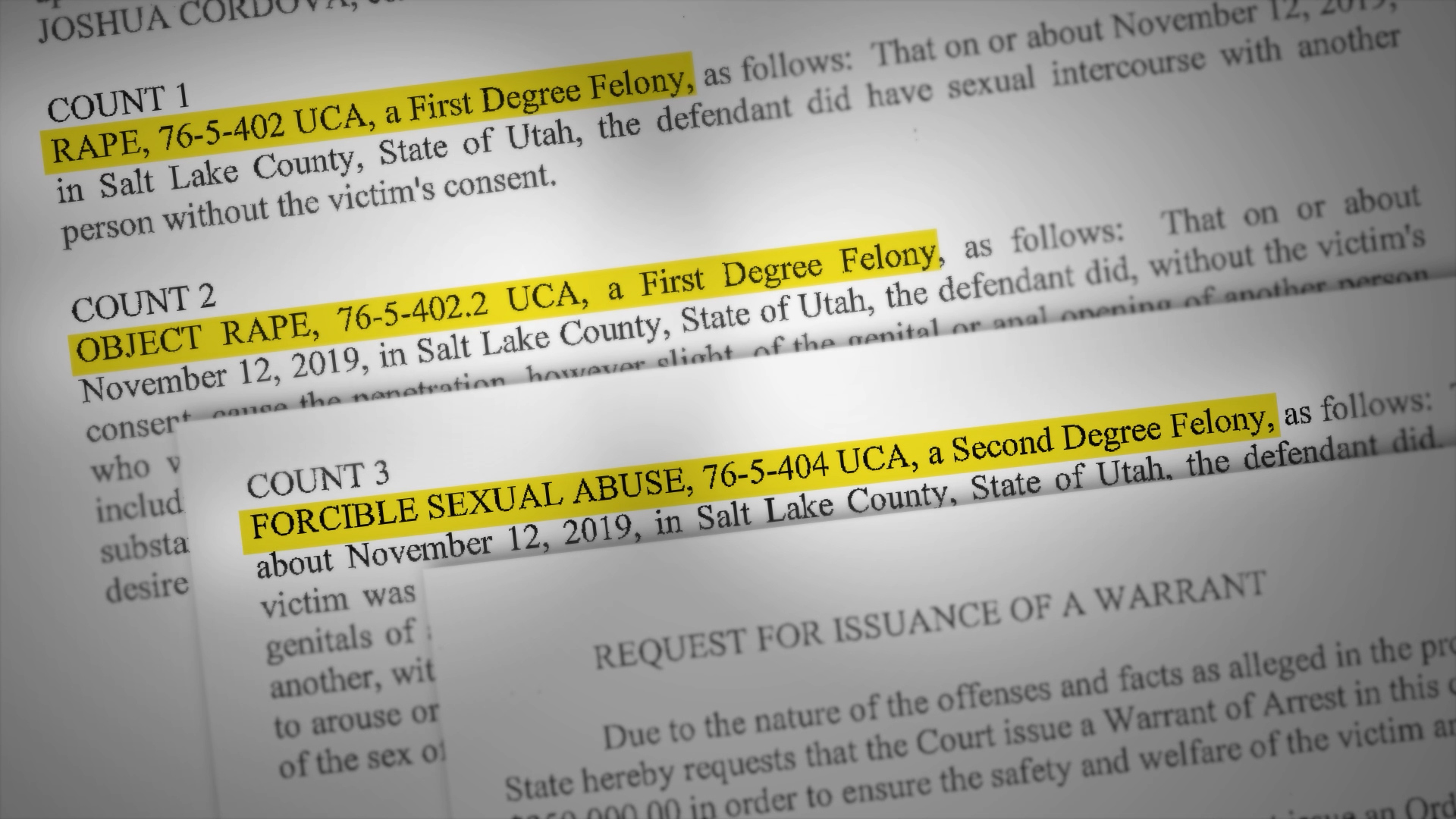Audit Finds Lack Of Pre-Planning, Communication Hindered COVID-19 Response
Sep 30, 2020, 9:14 PM | Updated: Jun 19, 2022, 9:57 pm
SALT LAKE CITY, Utah — State leaders were underprepared for the COVID-19 pandemic and response was hindered by an unclear chain of command. That’s according to a new report from the State Auditor.
The limited review of state emergency procurements and emergency response examined how State leaders reacted as the pandemic grew from March 6 to May 7, 2020. This coincides with Governor Gary Herbert’s declaration of a State of Emergency, and concludes with his ending of the emergency procurement period.
“Pandemic Preparation Was Not Reasonably Sufficient”
According to the report, the Utah Department of Health and Division of Emergency Management both identified “pandemics as the top priority hazard to Utahns for the period 2019 through 2024.”
When the novel coronavirus started to hit Utah in March, it was discovered the state had only “one or two days of PPE supplies on hand.” This, after a 2007 report on flu preparedness specifically recommended stockpiling PPE.
Additionally, multiple ways of addressing pandemic needs were something that should have been discussed before March.
“You never quite know what the pandemic is going to bring, but that’s where that planning process helps you,” Utah State Auditor John Dougall told KSL-TV. “You have time to vet ideas and agree or disagree with different approaches to try and figure out what the strongest approach might be.”
Dougall outlined in the report that state-level training events and a community outreach program, much like the Great Utah Shake Out, would have helped.
Purchase of Hydroxychloroquine
The state’s purchase of 20,000 doses of hydroxychloroquine in March was deemed reasonable by the audit, but the purchase was never authorized.
The audit states the cost of the pills, at one time thought to “reduce the contagiousness of the disease,” was “within a reasonable range.”
“No one technically authorized that purchase,” said Dougall. “The Governor’s Office was moving forward under the assumption that it was being bought with state dollars, the Health Department was thinking it was being bought with private dollars. There was some confusion there that took place.”
The purchase has since been refunded.
Healthy Together App
At a price tag of $6 million over the next year, the Healthy Together App has received criticism for being overpriced and underutilized.
The audit found the state has so far paid $4 million for the app. Originally, it was intended to be an “assessment and communication tool” with the key feature being location tracking to assist with contact tracing.
It was that contact tracing piece that Dougall said should have been mulled over more carefully.
“We question to what extent Utahns really wanted the government tracking their locations where they’ve been who they’d been in contact with,” he said. “You’ve got to better understand the cultural environment that you’re operating in when those decisions are made.”
The report states the Utah Department of Health could have developed a similar app for “a few hundred thousand dollars,” but Twenty Labs, who won the contract for the Healthy Together app, was able to get their technology running much more quickly. This influenced the decision to contract with the New York-based company.
Ultimately, the Healthy Together app never saw vast usage by Utahns, with few utilizing the geolocation feature. This portion of the app was discontinued in July and the app now serves as a symptom checker and a way to receive COVID-19 test results.
Additional Findings & Recommendations
The 88-page report lists several other findings, including an overall lack of documentation, particularly in competitive cost analyses. It also cites an unclear chain of command early in the pandemic response “hindered emergency response efforts.”
The audit found the contract with NOMI, who provided COVID-19 mobile testing sites, was originally deemed to be a reasonable purchase at $7,620,000 for 3,000 tests per day over 60 days.
The cost was estimated at $44 per test, but “the actual tests processed per day were substantially lower than projected, resulting in a cost per test of over $235.”
The audit expresses concern that a flat rate was paid for startup and tests rather than per test.
Eventually, “the State procured a new contract at a lower cost” as testing rates increased.
Several recommendations were made, including that the governor review these processes and make any recommendations to the State Legislature for potential law changes.
KSL-TV reached out to the Governor’s Office, who provided this statement on the audit:
“The State of Utah never shies away from the opportunity to improve operations, even in the midst of a global pandemic. From the beginning of the COVID-19 crisis, we have been clear that we are constantly trying to improve our coordination and processes in order to best serve the people of Utah. State employees have truly risen to the occasion and have continued to render great service as we fight this pandemic. We look forward to working with the legislature to implement appropriate recommendations contained in the audit.”
You can read the full audit and recommendations here.
Have you experienced something you think just isn’t right? The KSL Investigators want to help. Submit your tip at investigates@ksl.com or 385-707-6153 so we can get working for you.


